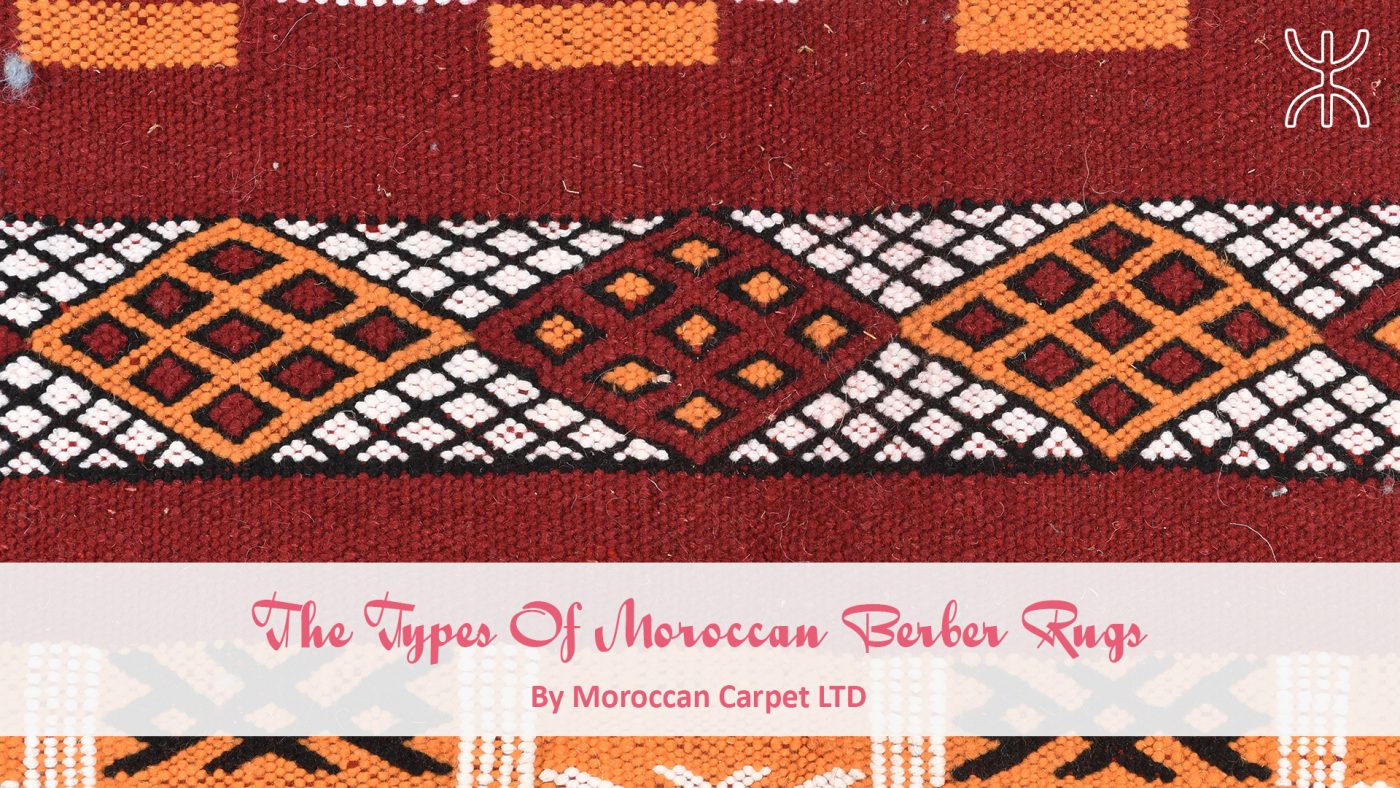Moroccan Berber Rugs: A Legacy Woven in Wool
Most people have heard of Berber Rugs, yet few realize the true origin of their name. These remarkable textiles are named after the indigenous Berber tribes of North Africa, who have been weaving them for centuries—and continue to do so today.
Visually vibrant, deeply symbolic, and rich in history, Moroccan Berber rugs are one-of-a-kind. In fact, all Moroccan rugs are Berber rugs, as they are crafted by various Berber tribes across Morocco. Each tribe contributes its distinct touch, influencing the rug’s colors, motifs, and patterns—resulting in unique artistic expressions that tell the stories of their makers. Traditionally, Berber women weave these rugs, incorporating ancient symbols that reflect their personal experiences, cultural beliefs, and ancestral heritage. As a result, no two rugs are ever exactly alike.
Types of Moroccan Berber Rugs
Over time, different Berber weaving styles have emerged, each with its unique characteristics. Here are some of the most well-known types:
Azilal Rugs
Originating from the Azilal region in Morocco, these rugs are true works of art. Inspired by the weaving techniques of Beni Ouarain, Azilal rugs stand out with bold shapes and vibrant colors, offering a creative twist to traditional Moroccan rug-making. Each piece serves as a visual narrative, representing the identity and heritage of the weaver’s family.
Beni Ouarain Rugs
Among the most coveted Moroccan rugs, Beni Ouarain pieces are prized for their soft texture and timeless elegance. Made from the finest natural wool, these rugs feature sophisticated geometric lines on an iconic cream or ivory background. Entirely hand-knotted, they embody the Berber tradition and effortlessly complement any interior, from minimalist to bohemian styles.
Boucherouite Rugs
A testament to sustainability and creativity, Boucherouite rugs are made from recycled textiles—such as rags, old clothing, and fabric scraps. Their colorful and eclectic designs make them truly unique, turning discarded materials into masterpieces of craftsmanship.
Beni Mguild Rugs
Beni Mguild rugs are thick-piled, plush carpets known for their bold colors and durability. Traditionally crafted in Morocco’s Middle Atlas region, they feature rich hues such as deep blues, purples, reds, and browns. These versatile rugs serve a dual purpose—offering warmth in winter and, when flipped, a flat-woven side for summer use.
How to Spot an Authentic Moroccan Berber Rug
Due to their global popularity, Berber-style rugs are often mass-produced, imitated, and sold under misleading names. To ensure you’re investing in a genuine Moroccan Berber rug, here are a few key ways to differentiate the real from the fake:
The Burn Test: Authentic Wool vs. Synthetic Fibers
A simple test to check the material:
- Real wool does not burn easily—when exposed to flame, it chars and smells like burnt hair.
- Synthetic rugs ignite quickly and release a toxic, plastic-like odor, as they are made from materials like polypropylene or acrylic.
The Back of the Rug: Hand-Knotted vs. Machine-Made
- Authentic Berber rugs are handmade, making every piece unique.
- Flip the rug over—if you see irregular knots and a handwoven structure, it’s likely authentic.
- Machine-made imitations often have a perfectly uniform backing, indicating mass production.
The Feel: Soft, Organic Wool vs. Artificial Texture
- Genuine Moroccan rugs are made from 100% natural wool, which feels soft, warm, and luxurious to the touch.
- Fake Berber-style rugs made from synthetic materials lack the richness, warmth, and silkiness of authentic artisanal wool.
Conclusion
Moroccan Berber rugs are more than just home décor—they are woven stories, deeply embedded in Morocco’s history, culture, and traditions. Whether you are drawn to the minimalist elegance of a Beni Ouarain, the playful energy of a Boucherouite, or the bold hues of a Beni Mguild, an authentic Berber rug will bring a timeless, ancestral influence to your home.
To ensure you’re purchasing a genuine piece of Amazigh craftsmanship, always buy from trusted suppliers who source directly from Moroccan artisans.
At Moroccan Carpet, we specialize in handwoven, 100% natural wool Berber rugs, crafted by skilled artisans using traditional methods. Explore our collection today and bring the magic of Moroccan heritage into your home.
